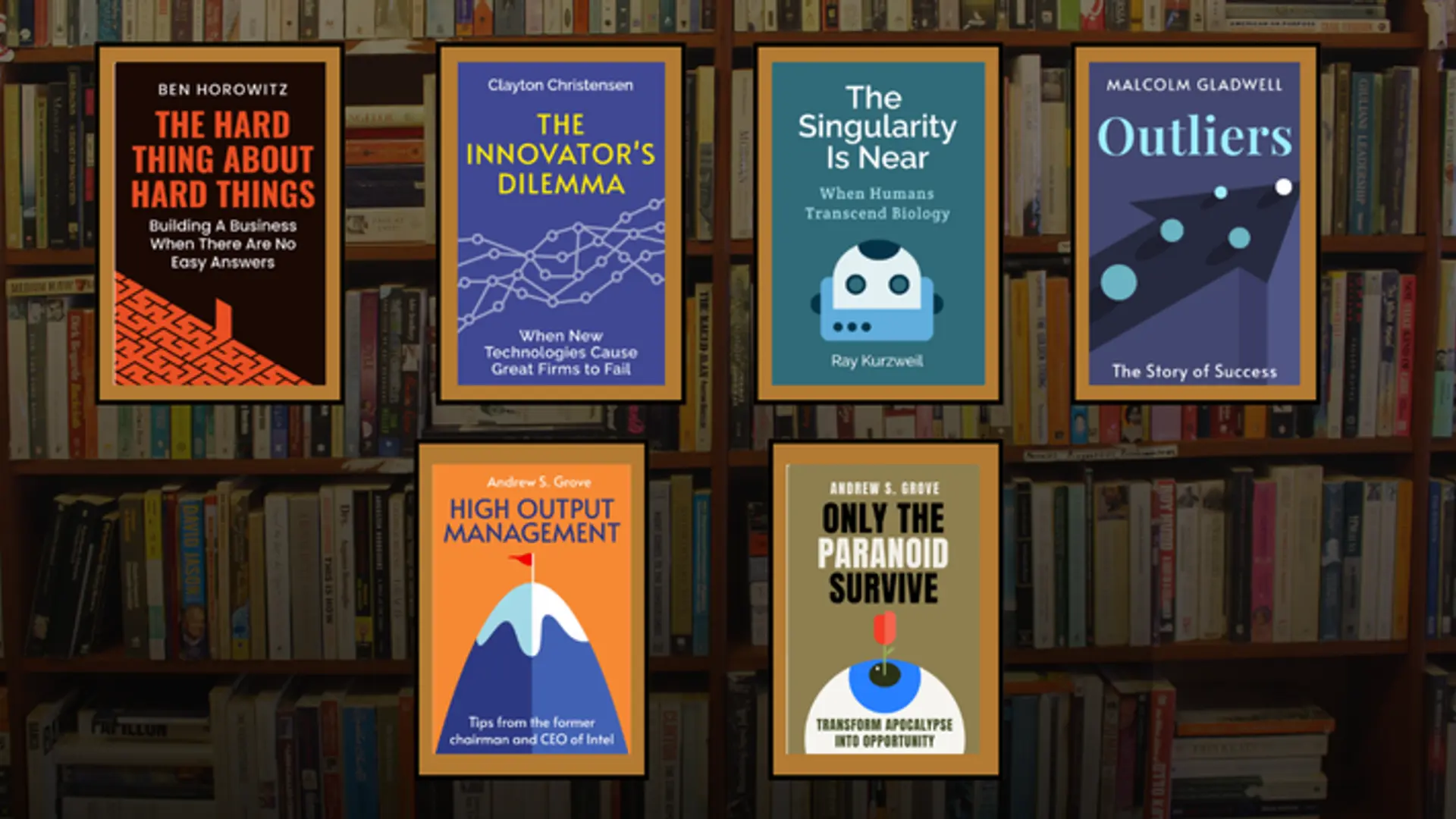Why Users Are Not Upgrading to Windows 11?
Curious why so many users are sticking with Windows 10? Dive into the key reasons behind the slow adoption of Windows 11 and discover whether it's worth the upgrade for you.
Windows 11 has finally reached around 30% market share among all desktop Windows versions—a milestone that might sound impressive at first. However, when you consider that Windows 11 launched back in 2021, this achievement pales in comparison to the meteoric rise of its predecessor, Windows 10. Just two and a half years after its release, Windows 10 had already become the most popular version of Windows, a title it still holds today. So, why are users so reluctant to upgrade to Windows 11? Let's dive into the reasons behind this hesitation.
System Requirements: A Barrier for Many
One of the key issues preventing the widespread adoption of Windows 11 is its stringent system requirements. Microsoft has made it mandatory for Windows 11-compatible PCs to be equipped with TPM 2.0 chips. While this move aims to enhance security, it has left many computers, some of which aren't even that old, unable to upgrade. Even though TPM 2.0 modules can be added to desktop motherboards, the process isn't exactly user-friendly, especially for those who aren’t tech-savvy.
Moreover, the list of officially supported CPUs for Windows 11 further narrows down the pool of eligible devices. Microsoft’s rationale is that newer CPUs support advanced security features, such as Mode-Based Execution Control (MBEC), which helps with memory isolation. Without MBEC, a PC might still run Windows 11, but performance could suffer. This creates a scenario where many users are unwilling to risk potential performance issues or struggle through workarounds just to install the latest OS.
Lack of Compelling Features
Even for those with newer hardware, Windows 11 doesn't offer enough compelling features to justify an upgrade. Unlike the transition from Windows 8 to Windows 10, where users eagerly embraced the return to a more traditional desktop experience, Windows 11 feels more like a minor revision of Windows 10. Features like Auto HDR, Co-Pilot AI, and centered taskbar icons might be interesting, but they aren't game-changers for most users.
The absence of significant innovations is one of the reasons why Windows 11's adoption rate has lagged. Users simply don't see the need to upgrade when Windows 10 is still running modern applications without any issues. This sentiment is echoed by the fact that, despite Windows 11's release, Windows 10 continues to be the preferred choice for many, especially as it remains supported until late 2025.
Performance Concerns
Another factor contributing to the lukewarm reception of Windows 11 is its performance on modern hardware. Surprisingly, some users have reported laggy UI experiences, even on high-end systems. For instance, a former Microsoft software engineer shared footage of poor performance with the Start menu on a system equipped with a Core i9 CPU and 128 GB of RAM—a configuration that should easily handle any modern operating system.
While Windows 11 doesn’t suffer from the stability issues that plagued earlier versions like Windows Vista, the fact that it can struggle on top-tier hardware is concerning. This has led to a perception that Windows 11 might not be as well-optimised as it should be, further discouraging potential upgraders.
Forced Upgrades on the Horizon
Despite the current reluctance to adopt Windows 11, it seems inevitable that many users will be forced to make the switch. Windows 10 is scheduled to stop receiving updates in late 2025, meaning that users will eventually have to upgrade to Windows 11 or risk running an unsupported OS. This looming deadline is likely part of the reason why Windows 11's market share is gradually increasing, as users and businesses alike begin to prepare for the transition.
To Upgrade or Not to Upgrade?
Windows 11’s slow adoption can be attributed to a combination of taxing system requirements, a lack of compelling new features, and performance concerns. While it’s understandable that Microsoft wants to push the envelope in terms of security and performance, the execution has left many users behind—both figuratively and literally. The sentiment towards Windows 11 is in stark contrast to the enthusiasm that greeted Windows 10, and it’s clear that Microsoft still has some work to do to convince users that upgrading is worth the hassle.
As the clock ticks down to the end of Windows 10’s support in 2025, we’ll likely see more users making the jump to Windows 11. But for now, it’s safe to say that many are holding onto Windows 10 for as long as they can—perhaps not out of love for the older OS, but out of a lack of excitement for what’s next.
Edited by Rahul Bansal







